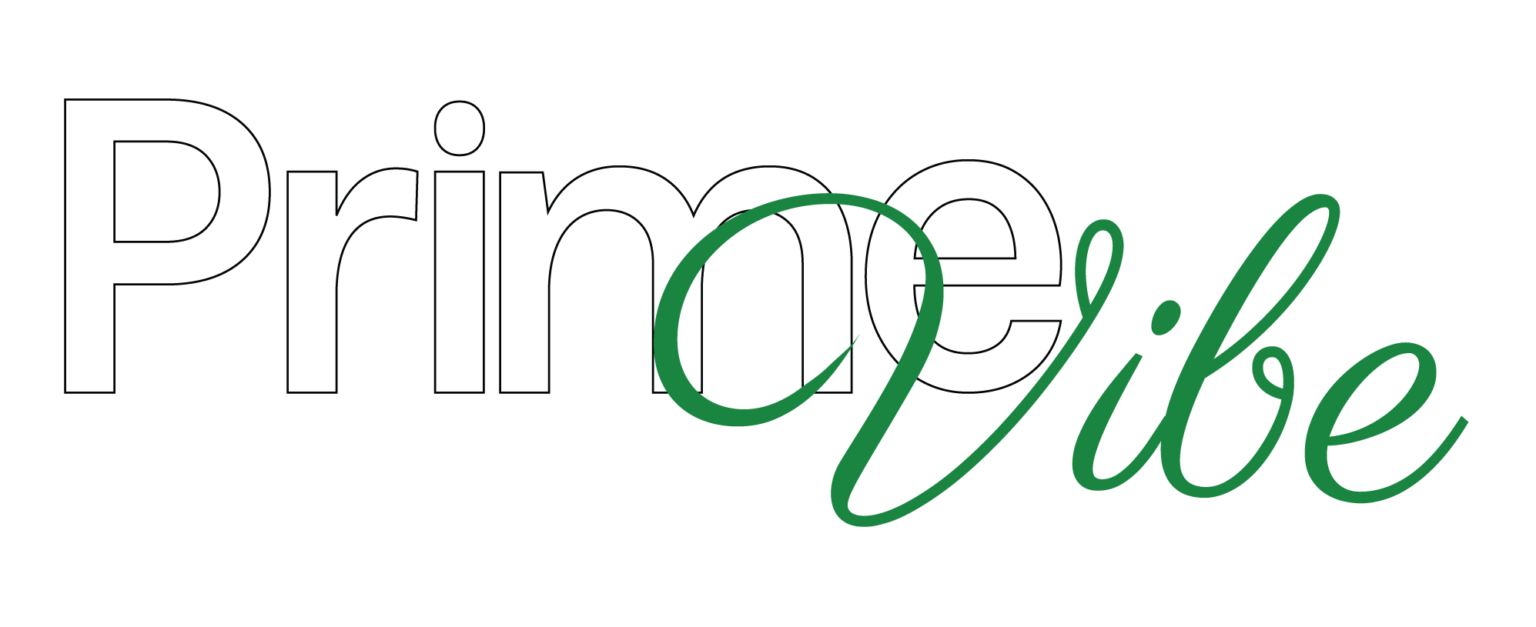Installing commercial Christmas lights installation on buildings requires careful planning, proper equipment, and adherence to safety standards. Businesses aim to create visually appealing displays that attract customers while ensuring the installation process is efficient and secure. Following best practices can help achieve a professional-looking setup that lasts throughout the holiday season.
Planning the Installation Process
Proper planning is essential before beginning a commercial Christmas lights installation. This includes selecting the right type of lights, ensuring safety measures are in place, and mapping out the design. A well-thought-out plan reduces installation time and minimizes the risk of electrical issues or structural damage.
1. Assess the Building Structure
Before starting the commercial Christmas lights installation, evaluate the building’s architecture to determine the best placement for lights. Factors to consider include:
- Rooflines, windows, and doorways for outlining
- Trees, columns, and walkways for accent lighting
- Electrical outlet locations for power access
- Weight-bearing capacity of mounting surfaces
- Potential weather exposure and protection for wiring
2. Choose the Right Type of Commercial Christmas Lights
Selecting high-quality lights ensures durability and longevity. Options include:
- LED lights: Energy-efficient and long-lasting
- Icicle lights: Ideal for roof edges and eaves
- String lights: Versatile for outlining buildings
- Floodlights: Used for highlighting architectural features
- Animated and color-changing lights: Create dynamic displays
- Net lights: Great for covering bushes or fences with uniform lighting
3. Gather Necessary Equipment
Using the correct tools and materials improves efficiency and safety. Essential items include:
- Heavy-duty extension cords rated for outdoor use
- Commercial-grade clips and hooks for secure mounting
- Electrical tape and weatherproof connectors
- Ladders, scaffolding, or lifts for high areas
- Timers or smart controllers for automation
- Voltage testers to check electrical load capacity
Techniques for Installing Commercial Christmas Lights
1. Outlining the Roof and Building Edges
One of the most common techniques in commercial Christmas lights installation is outlining the roofline to create a defined, eye-catching display. Steps include:
- Using clips instead of nails or staples to prevent damage
- Spacing lights evenly for a professional appearance
- Securing cords to prevent tangling and exposure to wind
- Checking connections to ensure all lights function properly
- Installing surge protectors to safeguard against power fluctuations
2. Wrapping Columns and Railings
To add depth to the display, lights can be wrapped around structural elements such as columns and railings. Best practices include:
- Using zip ties or specialized clips for a tight wrap
- Starting from the top and working downward for uniform spacing
- Avoiding excessive tension that may damage the wiring
- Ensuring proper waterproofing for lights exposed to snow or rain
3. Highlighting Windows and Doors
Framing windows and doors with lights enhances visibility and symmetry. Key steps include:
- Measuring dimensions to ensure an even layout
- Using adhesive clips for non-invasive mounting
- Avoiding excessive overlap to prevent tangled wiring
- Selecting warm white or multi-colored lights for a festive appeal
4. Installing Lights on Trees and Landscaping
If the property has trees or landscaping features, these can be incorporated into the display. Methods include:
- Draping string lights along branches for a natural effect
- Wrapping tree trunks in spiral patterns for a bold look
- Using stake-mounted lights to illuminate pathways and garden beds
- Employing solar-powered options to reduce electrical costs
5. Using Spotlights for Architectural Features
Spotlights help highlight building details such as signage, entrances, and unique architectural elements. Tips for proper placement include:
- Positioning lights at ground level for an upward glow
- Adjusting angles to prevent glare or uneven illumination
- Using warm or cool white tones to complement the building’s design
- Placing waterproof casings over light fixtures for longevity
Safety Measures for Commercial Christmas Lights Installation
Safety should always be a priority when installing commercial Christmas lights installation. Important precautions include:
- Using outdoor-rated lights and electrical components
- Avoiding overloading circuits to prevent power failures
- Wearing protective gear such as gloves and non-slip shoes
- Securing ladders properly and working with a partner for stability
- Checking lights regularly for any damage or malfunction
- Ensuring all connections are weatherproofed to avoid short circuits
- Installing ground fault circuit interrupters (GFCI) for added electrical safety
Maintaining and Managing Christmas Light Displays
Once the lights are installed, regular maintenance ensures they remain in good condition throughout the season. Best practices include:
- Inspecting connections and bulbs for wear or damage
- Keeping power sources protected from moisture
- Adjusting loose lights or clips after strong winds
- Using timers to manage on/off schedules efficiently
- Replacing burnt-out bulbs promptly to maintain a uniform display
Conclusion
Following these best techniques for installing commercial Christmas lights installation on buildings helps create a stunning holiday display while maintaining safety and efficiency. With the right planning, equipment, and maintenance, businesses can achieve a festive look that enhances their property and attracts visitors throughout the season.





